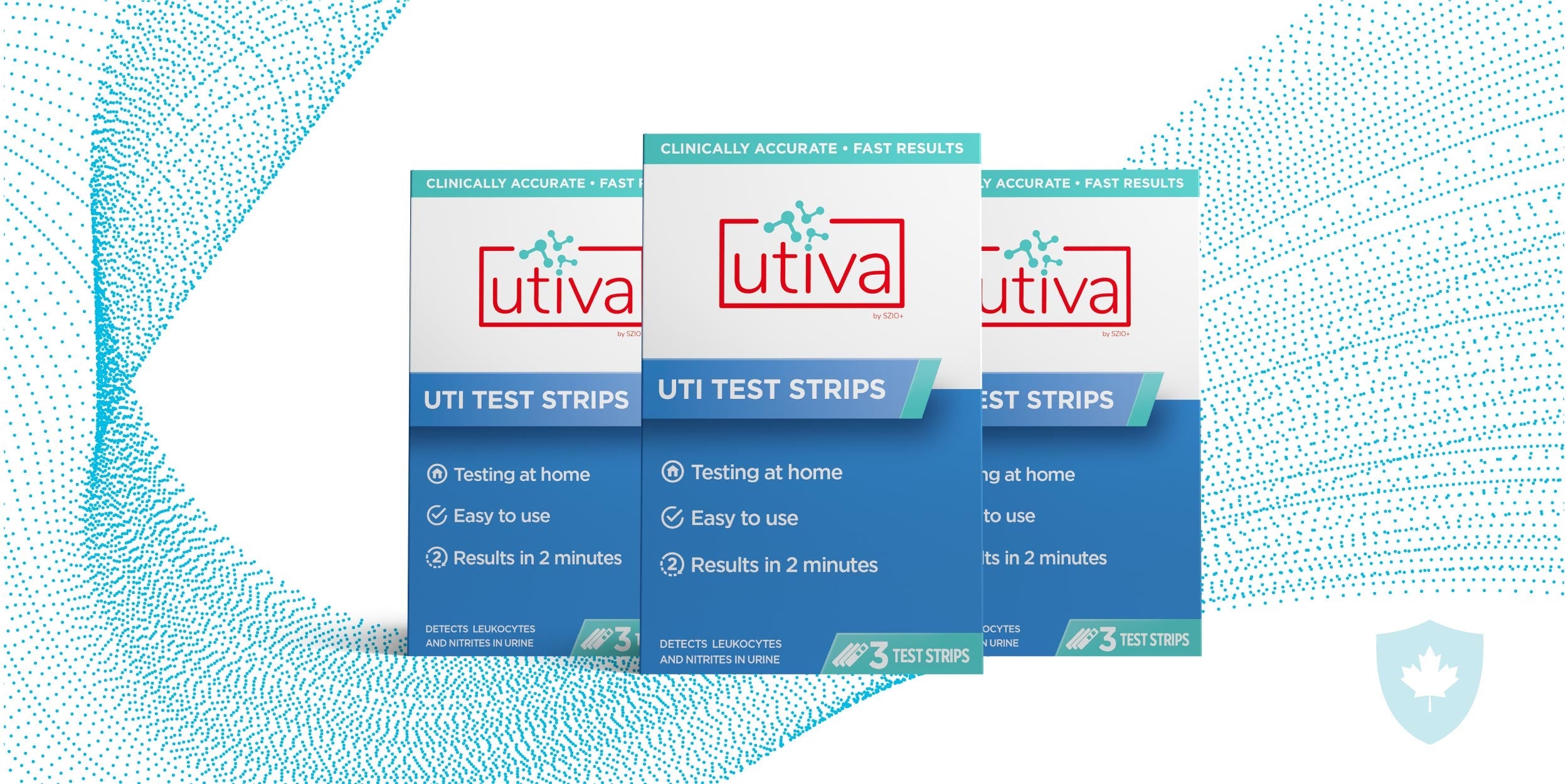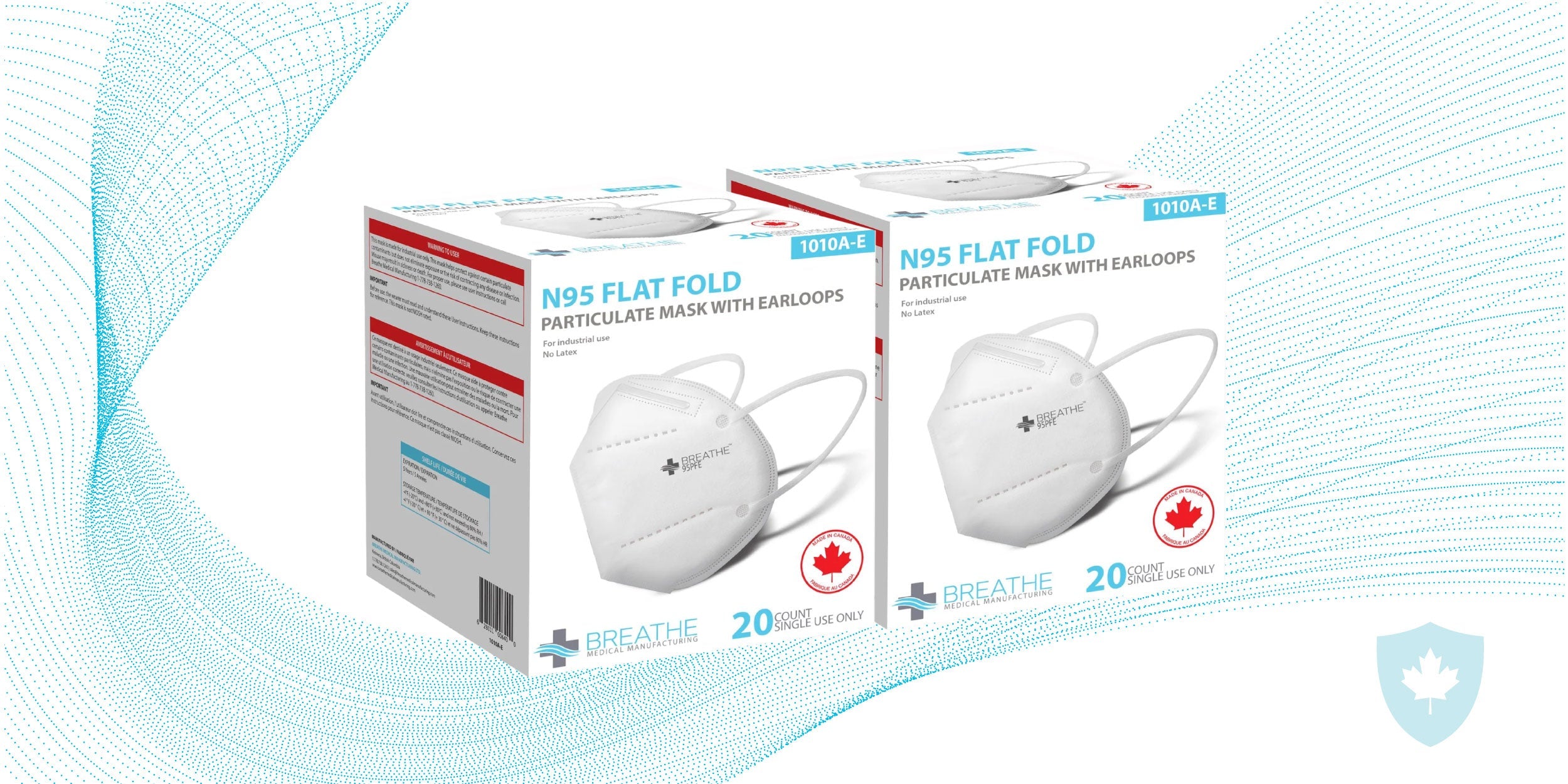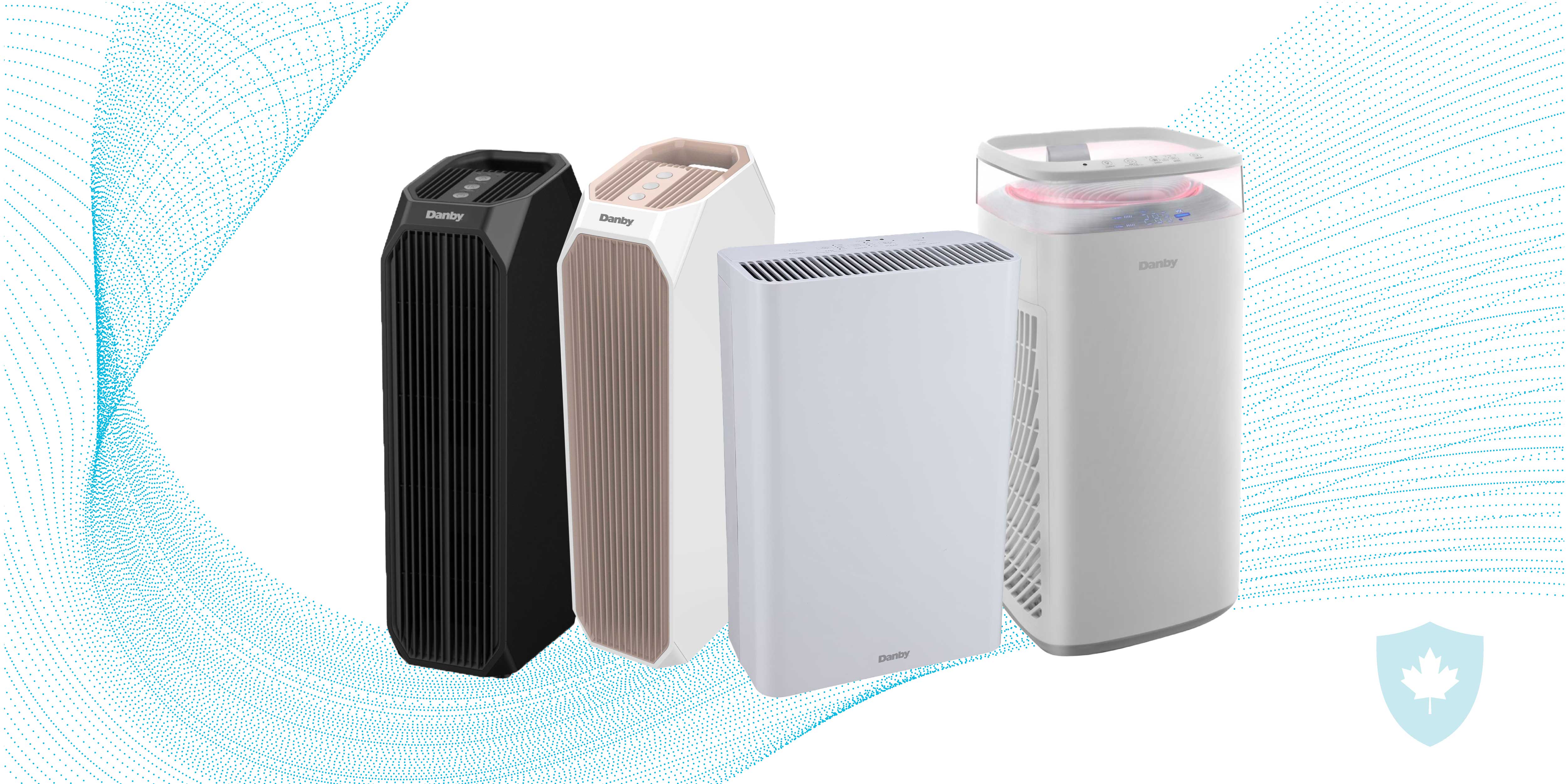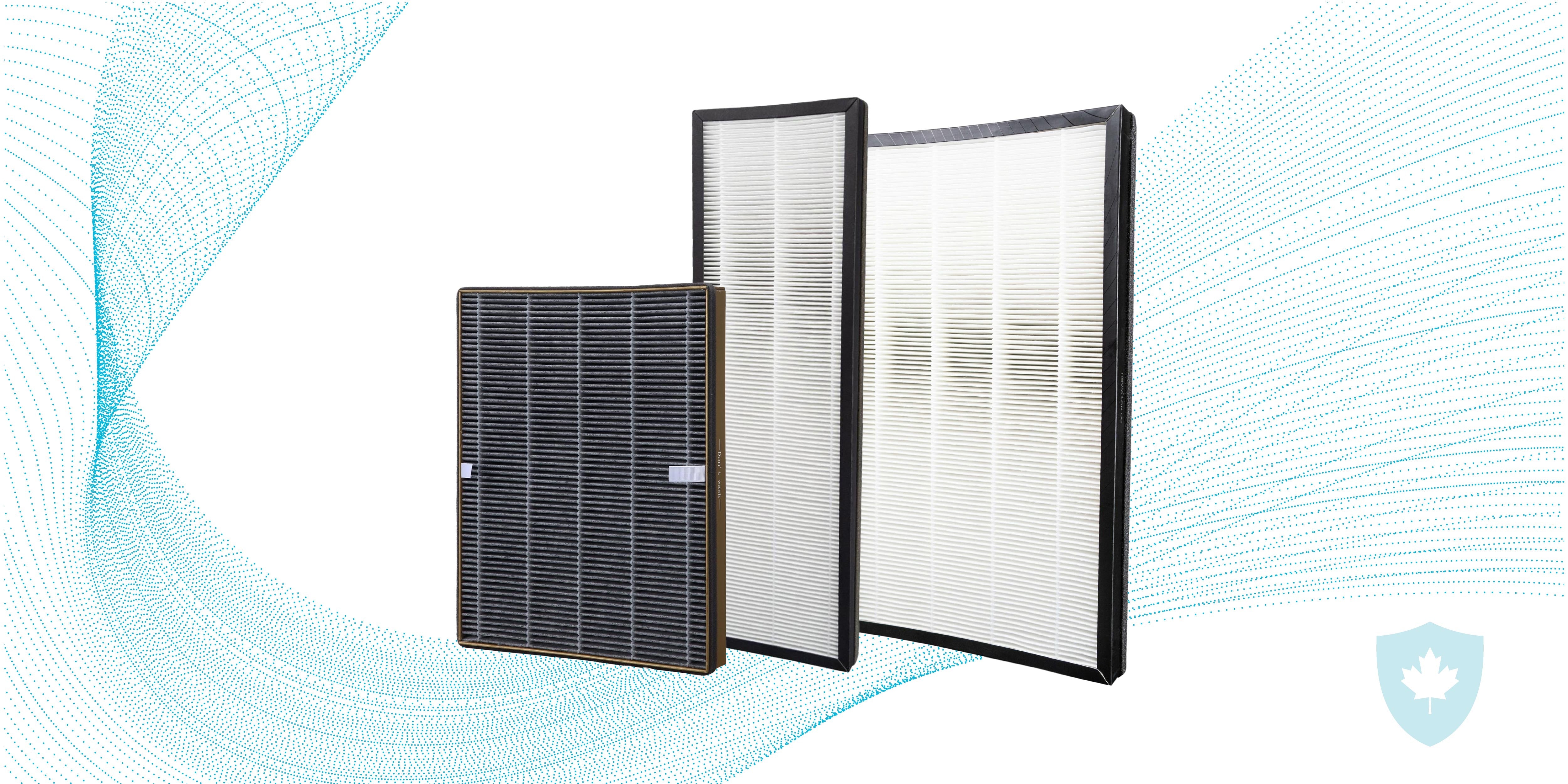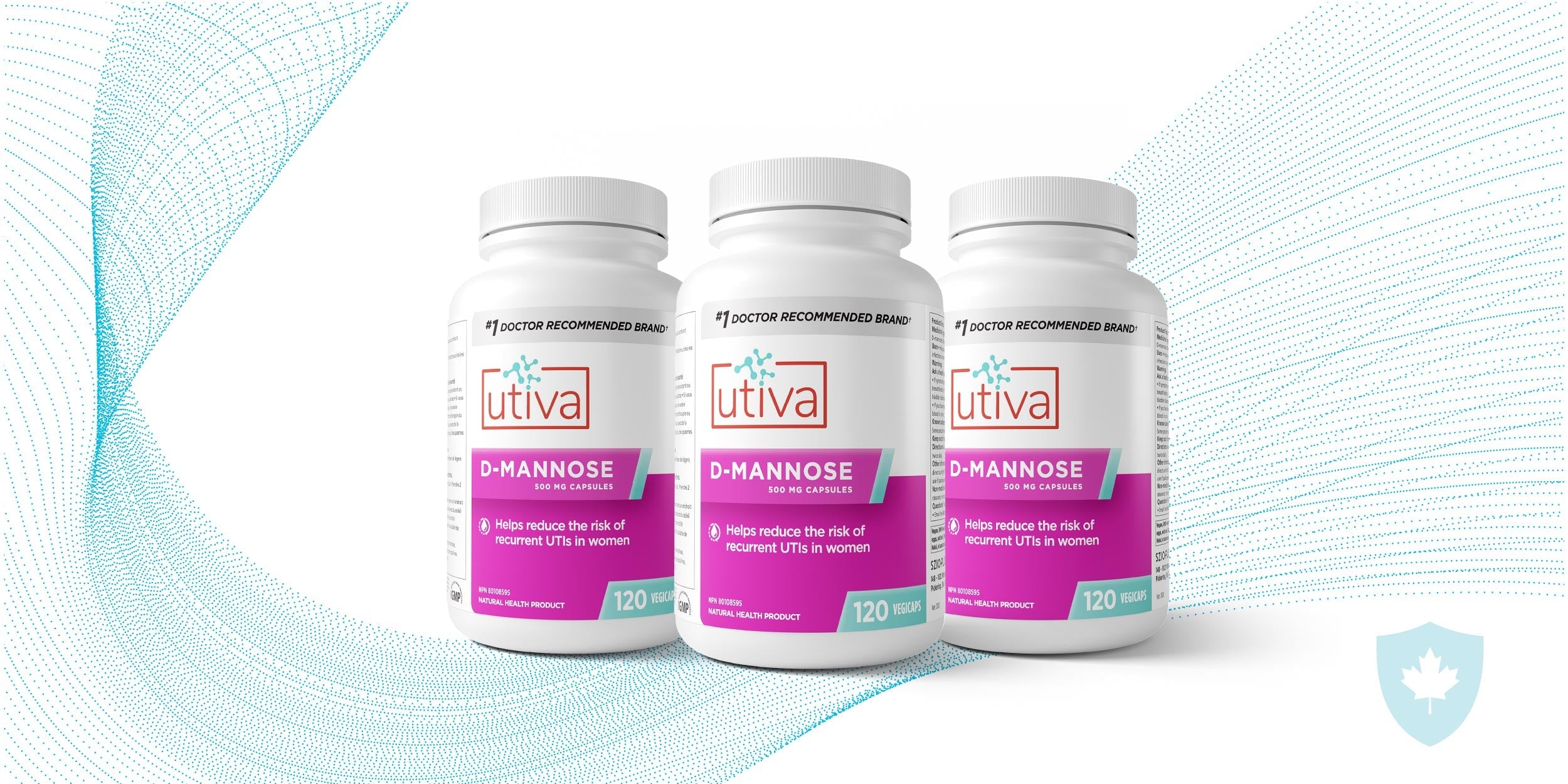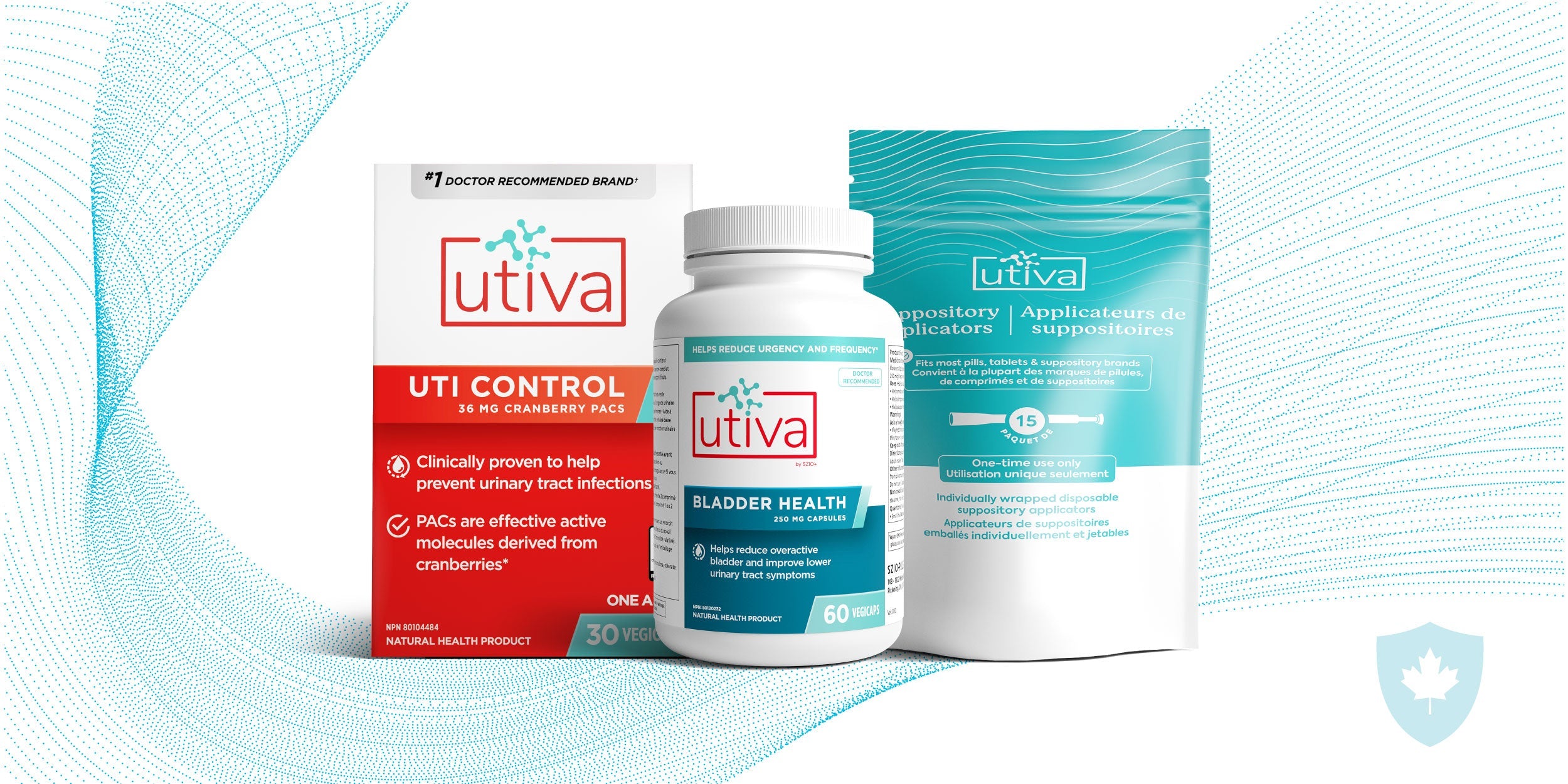8 Reasons Why Face Shields Are Effective PPE
The use of personal protective equipment (PPE) during the COVID-19 global health crisis (and other global health crises) is becoming increasingly important to mitigating the risk of potential exposure and preventing disease transmission. Combined with social distancing and proper hygiene, PPE is a necessary safeguard, providing a vital last line of defence for those who may be at risk of exposure.
Worn to provide a barrier to help prevent exposure to infectious disease, PPE is available in a variety of forms such as masks, goggles, gloves, face shields, gowns, and more. While there are differences of opinion as to what form of PPE provides the best level of protection, we have consulted with medical professionals on why face shields provide an exceptional level of protection.
The Canadian Shield, a Waterloo-based PPE and face shield manufacturer, recommends wearing face shields in combination with a face covering to ensure optimal coverage. While there are circumstances where individuals are unable to wear face coverings, face shields provide a viable alternative, but are most effective when used with a mask. Please refer to regional bylaws to determine if face shields are a suitable alternative to face masks where facial coverings have been deemed mandatory.
1. Greater face coverage.
Face shields provide optimal coverage on a larger portion of the face when compared to other forms of PPE, helping to protect the three portals of viral entry. While face mask usage is intended to protect others and control the virus at source, face shields are recommended for use to protect the wearer as they significantly reduce the amount of inhalation exposure to droplet-spread viruses.
In a simulation study conducted at the University of Iowa Carver College of Medicine, face shields were shown to reduce immediate viral exposure by 96% when worn by a simulated health care worker within 18 inches of a cough.
Over the past few months, we have learned that COVID-19 is spread via droplets in the community. Not only does wearing a face shield prevent the spread of COVID-19 via droplets in communal environments, it also protects the wearer’s eyes and nose—providing more protection to the mucus membranes of the face from infectious droplets.
2. Sterilizable and reusable.
The major structural components of a face shield include a plastic visor, headband and adjustable head strap. In addition to being easy to assemble,The Canadian Shield version does not contain foam material—meaning the entire face shield can be easily cleaned and sterilized using soap and water or common household disinfectants such as:
a) alcohol-based sanitizer/wipes
b) benzalkonium chloride or hydrogen peroxide-containing cleaners
c) 10:1 diluted sodium hypochlorite bleach solution
These aspects of durability and the potential for reprocessing means that face shields can be reused and recycled in a responsible manner—adding to their cost effectiveness. The Canadian Shield can be disassembled, sanitized and reused up to 15+ times safely, making them exceptionally easy to don and doff and additionally useful for resource-strapped healthcare providers.
For a listing of cleaners approved by Health Canada, click here.
3. Double protection.Through its optimal coverage of the facial area and associated mucous membranes, face shields allow for use in conjunction with other forms of PPE such as goggles and face masks—providing an added layer of protection. Users can wear a face mask beneath their plastic face shield to provide a double layer of protection against anything in the air, preventing germs from getting into their mouth or nose as they breathe.
An added benefit to serving as an adjunctive piece of personal protective equipment is that face shields can prolong the use of a surgical face mask. Less outer exposure of a surgical mask to the world permits less bacterial growth on the outside, allowing for the mask to extend its life cycle.
4. Reduces the chances of touching the face.
The full-coverage design of face shields prevents face touching—thereby reducing the risk of autoinoculation. Mask wearers may find themselves constantly adjusting their face mask and as a result, increasing their chances of touching their face and transferring the virus from their hands.
Similar to a dog cone, face shields prevent touching the face and provide a physical barrier and reminder to stop while also reinforcing the importance of physical distancing. COVID-19 can enter through the eyes, nose, and mouth, and it is highly important to protect them.
5. Comfortable and practical.
For individuals who are unable to wear face masks for medical reasons, face shields can provide a comfortable and breathable alternative. Face shields enable more airflow and do not contribute to feelings of claustrophobia, allowing the user to comfortably wear their shield for extended periods of time. When compared to medical face masks, they retain less dermal facial heat, do not impact vocalization, and can help manage patient anxiety. Face shields do not require fit testing and are fully adjustable to fit any face shape and size. They are also comfortably worn by employees for over eight hours on multiple days a week with no complaints.
6. Face visibility.
Face shields are a commonly used alternative for those who cannot wear face masks for medical reasons. They are also a viable choice for those with learning disabilities, physical or mental disabilities, or other special needs, as face shields allow for full visibility of facial expressions. This can significantly enhance their ability to communicate confidently, allowing them to read and understand social cues that may otherwise be lost behind other types of face coverings.
Face shields provide a way to be seen, heard and understood, removing anonymity and allowing human connectivity through its transparent design. Facial expressions can be observed through face shields, allow for easy lip reading and are much easier to talk through than face masks. While The Canadian Shield recommends using both a shield and mask when possible, face shields are an effective alternative for those who are unable to use masks for medical reasons.
7. Breathability.
The Canadian Shield’s patent-pending design is unique, in that the shields are open at the top. This opening allows the warm air that is generated from breathing to escape much easier than a face mask or other type of face shield. This design feature ensures that the shields will not fog up and compromise the user’s visibility. The Canadian Shield is also different from conventional face shields, as it is not made with a foam forehead bumper which can cause the user to become overheated when worn for extended periods of time.
It is important to note that the exact design requirements for face shields differ depending on the scenario of use. For example, guidelines at medical facilities may require shields to be fully sealed at the top, given staff’s continuous exposure to illnesses and infectious diseases. However, for most consumers and those looking to face shields for more general uses, The Canadian Shield’s open-top design ensures optimal coverage without compromising comfort and breathability.
8. Added level of confidence while wearing.
In addition to the comfort and superior ability to communicate verbally and non-verbally, the extra layer of protection that face shields offer allows wearers to feel confidently protected and perform daily tasks with minimal interference or worry. Hard to use incorrectly, face shields are far less obtrusive and intimidating than other forms of PPE.
___________________
The Canadian Shield face shield (now also available for kids!) is a clear plastic shield that protects the wearer from exposure to virus droplets by providing coverage from ear-to-ear and hairline to neck, 100% designed and manufactured in Canada. Our product is reusable, affordable, full coverage, adjustable and compatible with other forms of PPE.
For more information on our face shields, visit www.canadianshieldppe.com.



